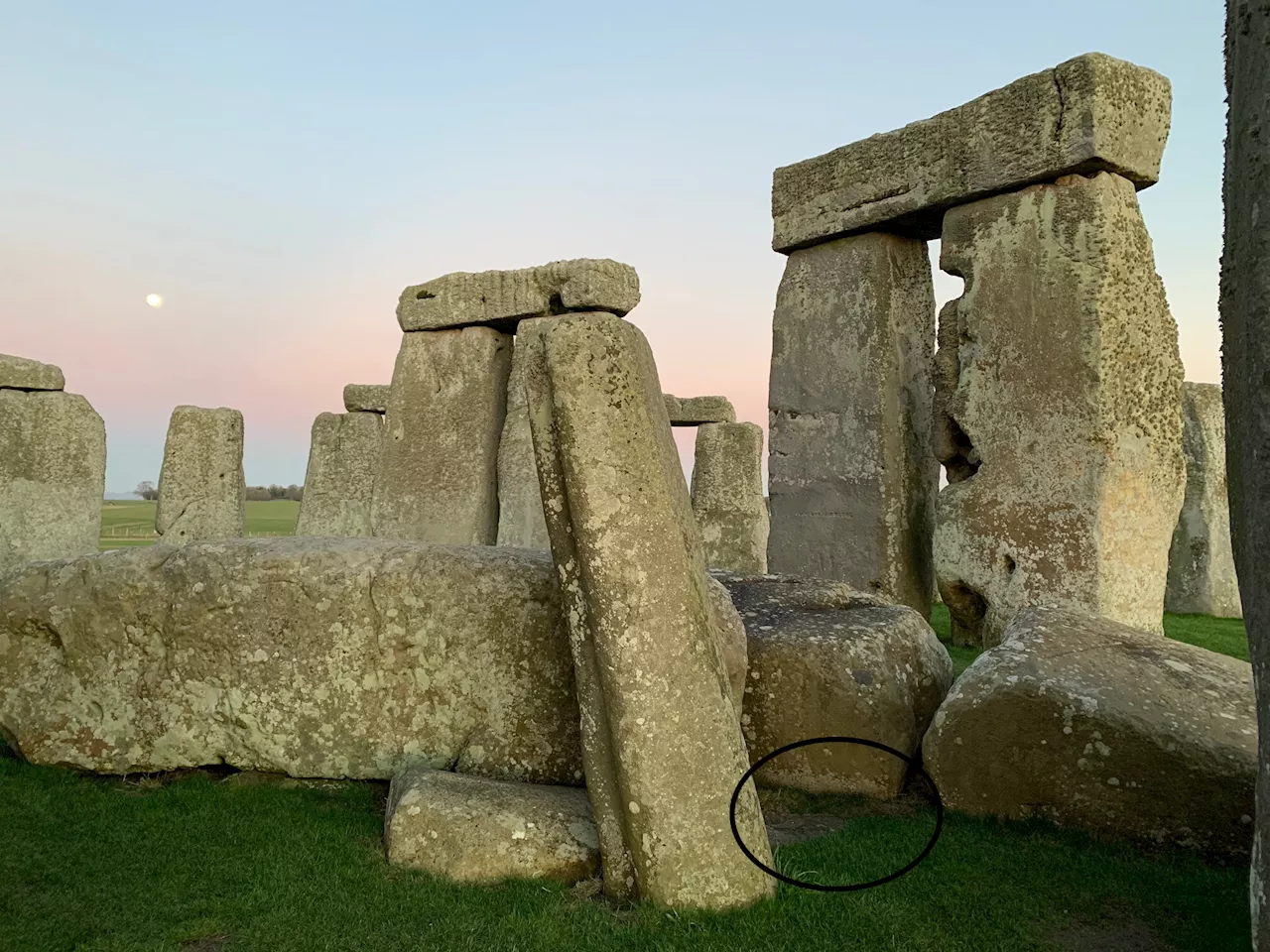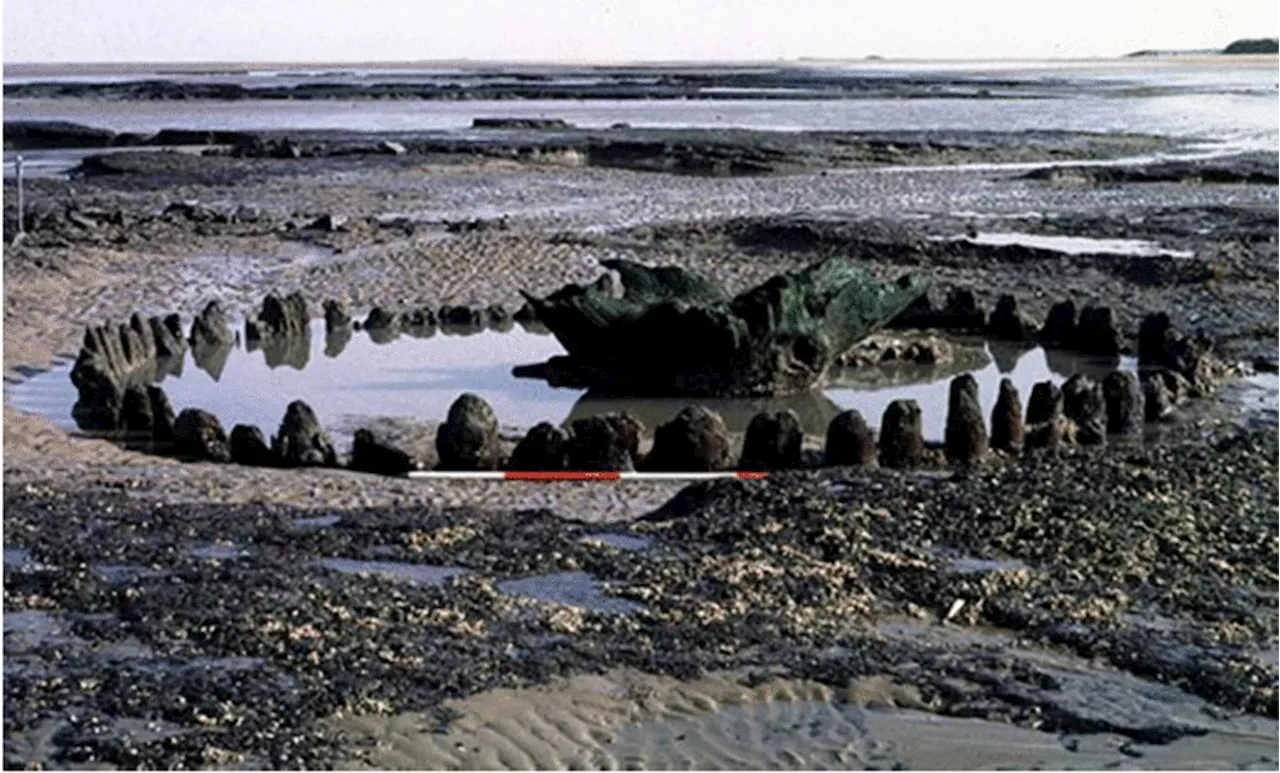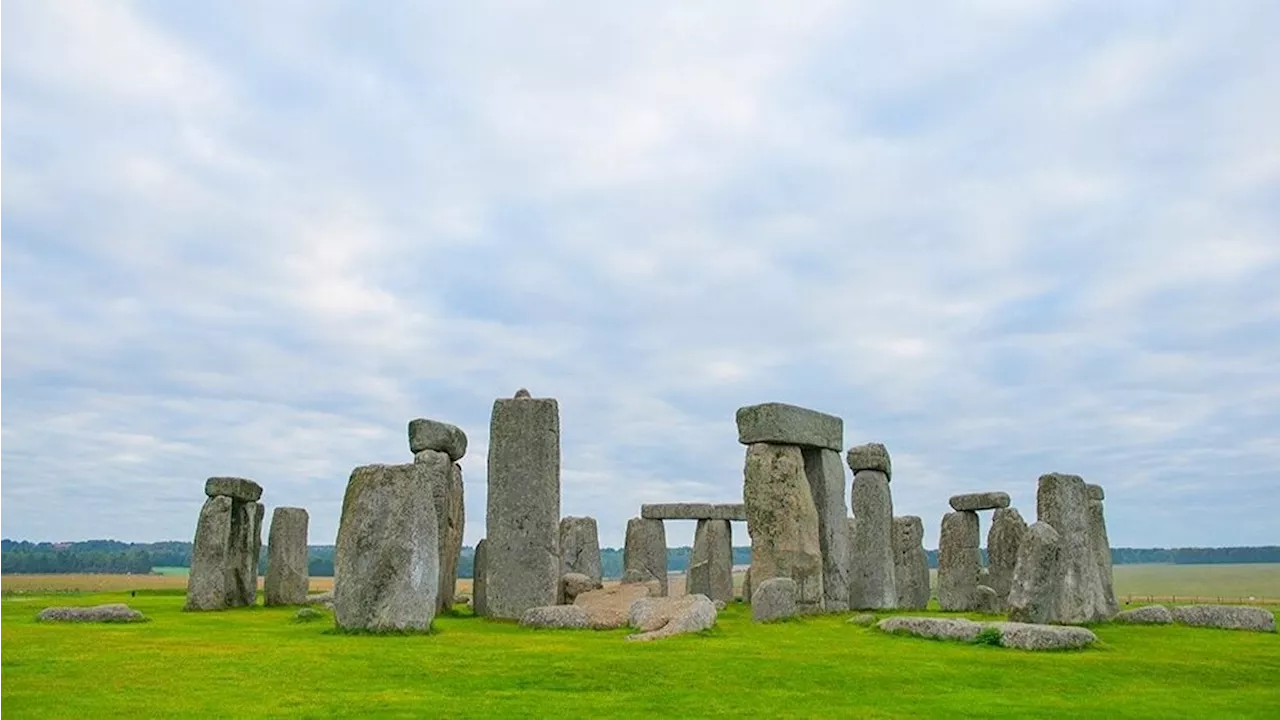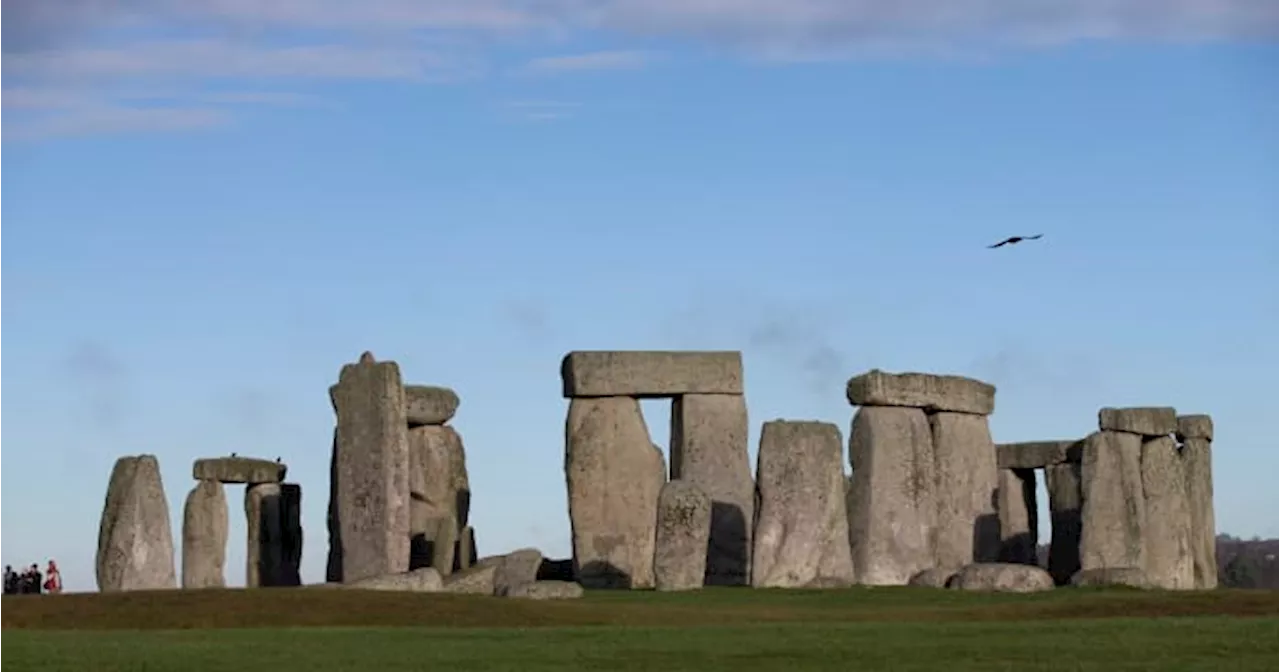Researchers are one step closer to understanding how Stonehenge was created.
FILE - The world heritage site of Stonehenge is seen in Wiltshire, England on Dec. 17, 2013. The unique stone lying flat at the center of the monument was brought to the site in southern England from near the tip of northeast Scotland,in the journal Nature. It’s not clear whether the 16-foot stone was carried by boat or through land — a journey of more than 460 miles .
For the study, the team was not permitted to chip away rocks at the site, but instead analyzed minerals in bits of rock that had been collected in previous digs, some dating back to the 1840s. They found a match in the sandstone formations of Orcadian Basin in northeast Scotland, a region that includes parts of the tip of the Scottish peninsula as well as the Orkney Islands.
Greaney said the difficult logistics of moving the stone such a long distance show a high level of coordination and cultural connection between these two regions of ancient Britain. “Stonehenge isn’t a settlement site, but a place of ceremony or ritual,” said Heather Sebire, senior curator at English Heritage, who was not involved in the study. She said that past archaeological excavations had not uncovered evidence of feasting or daily living at the site.
United States Latest News, United States Headlines
Similar News:You can also read news stories similar to this one that we have collected from other news sources.
 Stonehenge's 'altar stone' originally came from Scotland and not Wales, new research showsResearchers are one step closer to understanding how Stonehenge was created. A new study shows the unique stone lying flat at the center of Stonehenge originally came from a sandstone quarry near the tip of northeast Scotland. It’s not clear whether the 16-foot slab was carried by boat or through land — a journey of more than 460 miles.
Stonehenge's 'altar stone' originally came from Scotland and not Wales, new research showsResearchers are one step closer to understanding how Stonehenge was created. A new study shows the unique stone lying flat at the center of Stonehenge originally came from a sandstone quarry near the tip of northeast Scotland. It’s not clear whether the 16-foot slab was carried by boat or through land — a journey of more than 460 miles.
Read more »
 Stonehenge's Altar Stone origins reveal advanced ancient BritainNew research led by Curtin University has revealed Stonehenge's monumental six-ton Altar Stone, long believed to originate from Wales, actually hails from Scotland. The study titled 'A Scottish Provenance for the Altar Stone of Stonehenge' was published in the journal Nature.
Stonehenge's Altar Stone origins reveal advanced ancient BritainNew research led by Curtin University has revealed Stonehenge's monumental six-ton Altar Stone, long believed to originate from Wales, actually hails from Scotland. The study titled 'A Scottish Provenance for the Altar Stone of Stonehenge' was published in the journal Nature.
Read more »
 Resembling a Stonehenge of the Sea, These are the Mysteries of Norfolk's SeahengeDiscover why Seahenge, or Holme I, was built and where it is today.
Resembling a Stonehenge of the Sea, These are the Mysteries of Norfolk's SeahengeDiscover why Seahenge, or Holme I, was built and where it is today.
Read more »
 UNESCO Votes Not To Place Stonehenge On ‘Danger’ List Giving Green Light For Road TunnelI was Press Gazette's Transport Journalist of the Year, 2018. I'm also an historian – my most recent books include 'Roads Were Not Built for Cars' and 'Bike Boom', both published by Island Press, Washington, D.C.
UNESCO Votes Not To Place Stonehenge On ‘Danger’ List Giving Green Light For Road TunnelI was Press Gazette's Transport Journalist of the Year, 2018. I'm also an historian – my most recent books include 'Roads Were Not Built for Cars' and 'Bike Boom', both published by Island Press, Washington, D.C.
Read more »
 UN Rejects Stonehenge as ‘Site in Danger,’ Outraging ConservationistsA planned highway project could pose a threat to the famed stones, whose origin is still shrouded in mystery.
UN Rejects Stonehenge as ‘Site in Danger,’ Outraging ConservationistsA planned highway project could pose a threat to the famed stones, whose origin is still shrouded in mystery.
Read more »
 Stonehenge Tunnel and Arundel Bypass scrapped in roads cutsNew chancellor Rachel Reeves puts £1bn of transport projects put under review
Stonehenge Tunnel and Arundel Bypass scrapped in roads cutsNew chancellor Rachel Reeves puts £1bn of transport projects put under review
Read more »
